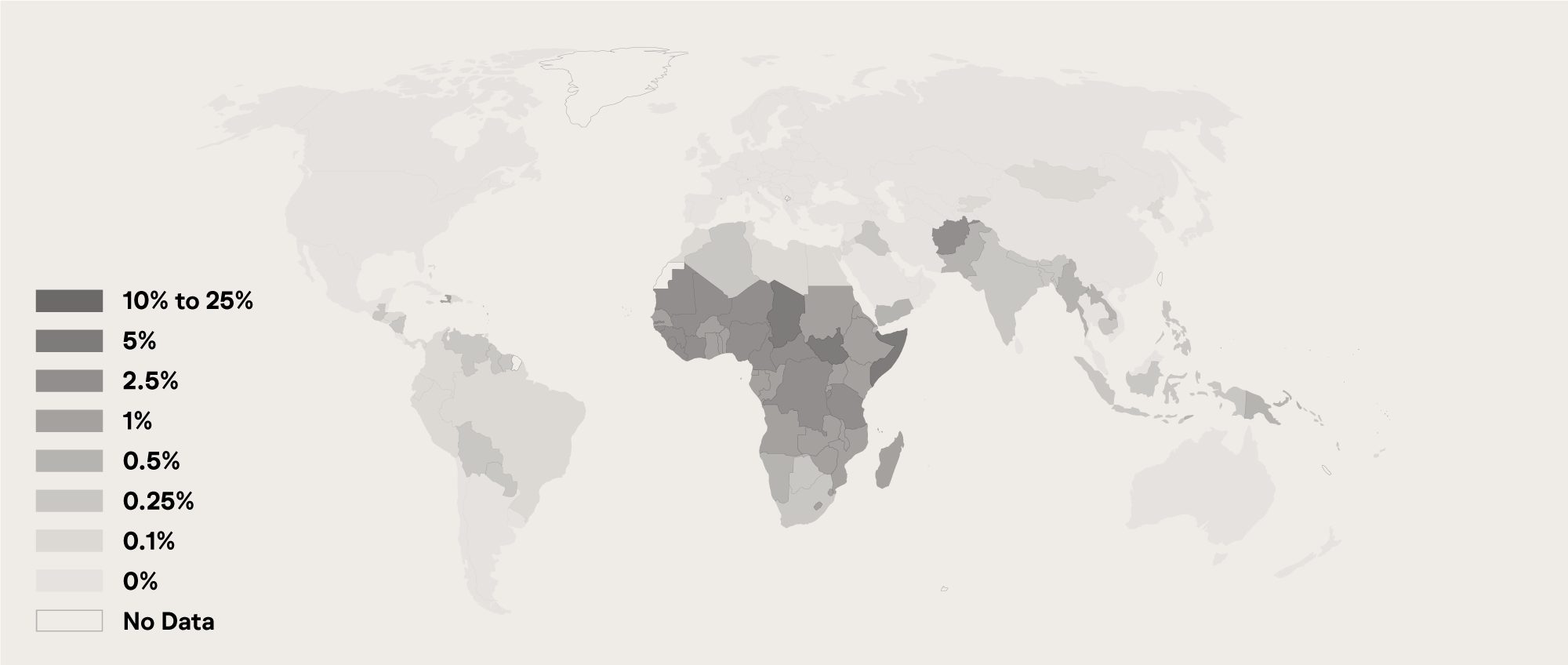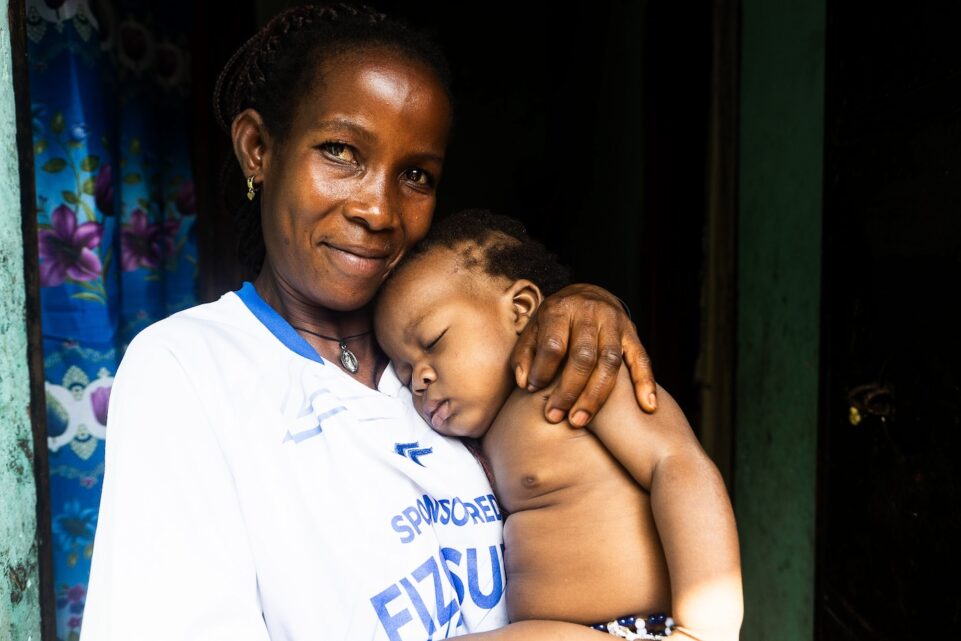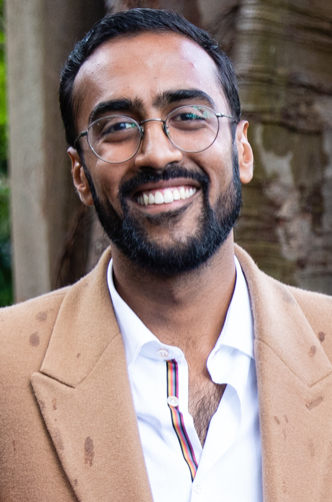Fistula Foundation is the global leader in treating obstetric fistula, a devastating childbirth injury that leaves women incontinent and often humiliated and shunned by their communities. In addition to covering direct surgery costs, Fistula Foundation also supports surgeon training, facilities equipment, grassroots community outreach, and holistic post-surgery reintegration. Their annual demonstrated impact includes:
- Providing over 10,000 surgeries to repair childbirth injuries, including fistula.
- Supporting 8 new treatment partners throughout Africa, expanding fistula repair services into Liberia and Sierra Leone.
- Launching a new treatment network in Tanzania.





